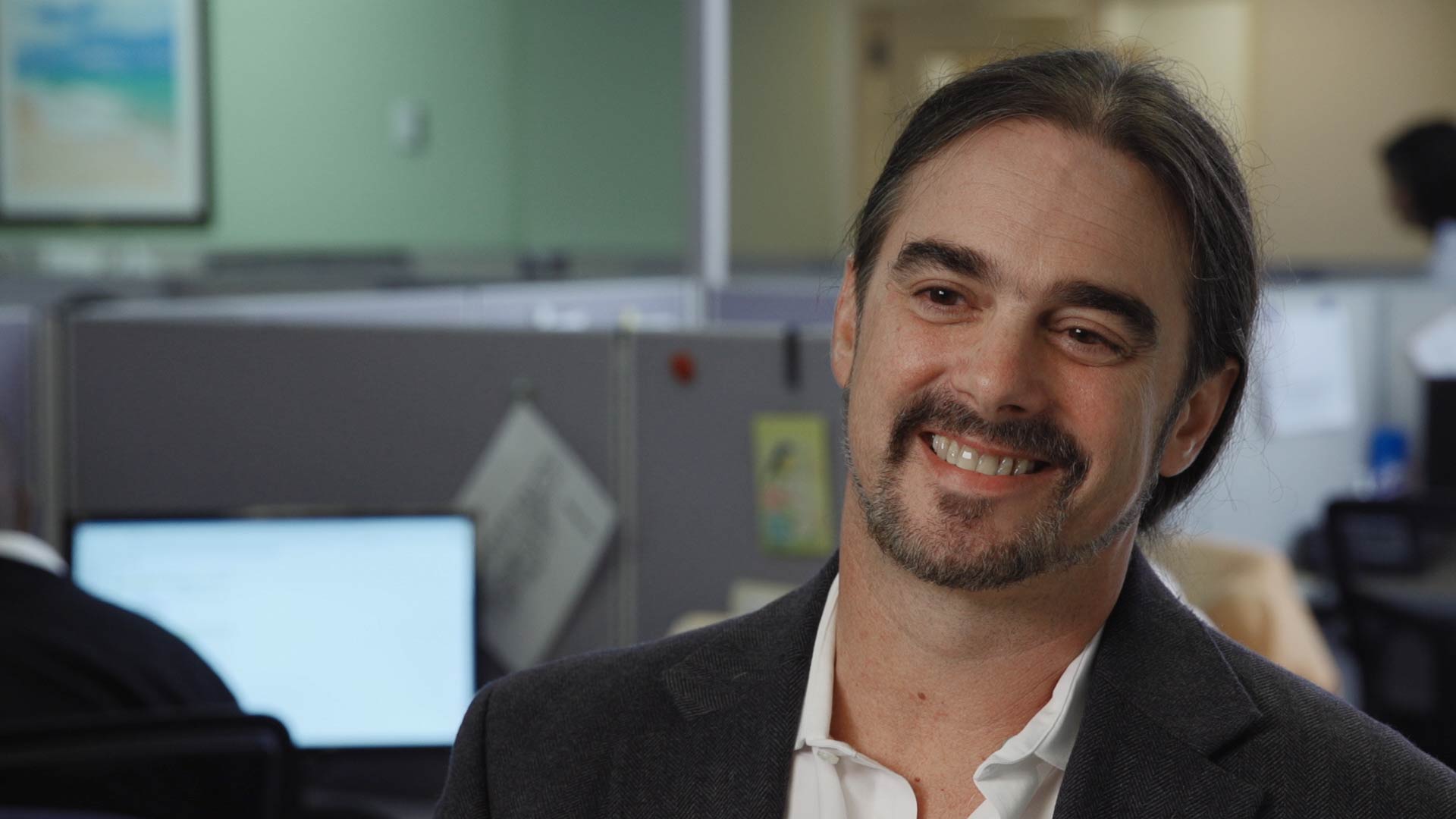I have had the privilege of knowing and working alongside many people who have survived the loss of a loved one to suicide, and others who have survived their own period of suicidal crisis. I have learned so much from these inspirational individuals. Perhaps the most important thing I have learned is that, “the ‘S’ word can be the ‘T’ word.”
In this case, the “T” word is “Transformational.” I first heard this idea from my friend and colleague, Eduardo Vega, a national leader in suicide prevention and behavioral health consumer advocacy who has survived his own suicide attempts. Eduardo spoke of his experience and that of his peers who had been through a period of great suffering, the type that brings one to the brink of his or her own existence. On the other side of this existential question—“Should I live or die?”—he suggested, lies the potential for transforming one’s life into something more meaningful. It is this thinking about suicidality which has been transformational for me: maybe it is not your life that needs to end, but it is the way that you are living it, which must somehow end.
How would it be if we understood a suicidal moment to not simply be something we only greet with anxious trepidation, but also to be something we embrace as a “moment of critical mass”—or a phenomenological “tipping point”—one that might even be necessary for us to live a life that we were more meant to live? Could we then fear it as well as more fully engage it as a vital part of our journey?
Surely there are a number of persons that have had suicidal moments who did not sooner or later “transform their lives” in some meaningful way. There are some people who continue to suffer and have recurrent suicidal thoughts, and fewer still who go on to kill themselves at a later time. However, the overwhelming majority of people get through these suicidal moments. National data suggests that, for every one person who dies by suicide annually, another 278 persons thought seriously about it who did not kill themselves. Odds are that something at least reaffirming—if not transformative–happened for most people who got to the other side of their emotional abyss. We just don’t hear their stories often enough.
My first exposure to these “stories” was at a National Suicide Prevention Lifeline focus group of suicide attempt survivors, convened ten years ago by a SAMHSA. The group was “focused” on providing the Lifeline with insights as to how we might better reach and serve persons at high risk of suicide, from the perspective of people with lived experience of being suicidal. During the day-long meeting, there was one question asked by the facilitator that I will never forget, one he asked all of the participants to answer: “Was there a turning point—something someone said or did, or something you said or did—that helped you cross the bridge from wanting to die to wanting to live?” The tales that I then heard sent chills to my spine, and tears to my eyes. “These stories”, I thought, “must be heard. And we must get these stories out to the world.” I believed that these stories could inspire people who were suicidal to hold on; that healing, help and hope could not only happen, but it is happening. We began filming and telling these stories in 2007, and have continued to promote them through as many channels as possible, ever since. In 2010, research from Austria demonstrated that the suicide rate was reduced in the geographic areas exposed to stories of “positive coping with suicidality”.
We have learned that “stories of hope and recovery” from persons that were once suicidal can inspire others, and even save lives. In the grip of their suffering moments, it must seem absurd for most persons to believe that their suffering might be instrumental in bringing more meaning to their lives, and equally preposterous that the telling of their stories might likewise inspire others to hold on, and do the same. But there is real truth here: the “S-Word” can be the “T-Word.”
Or, as Auschwitz survivor and psychologist Viktor Frankl once noted: “What is to give light must endure burning.”







Very good article. I am dealing with many of these
issues as well..